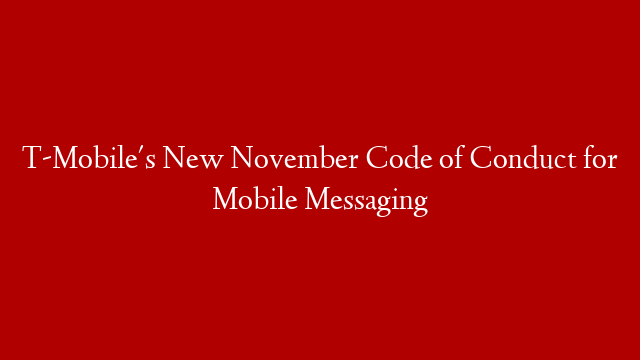It is a common misconception that making money in the stock market requires buying shares of stock. In fact, there are many different ways to make money in the stock market, and one of them is by selling options.
An option is a contract that gives the holder the right, but not the obligation, to buy or sell an underlying asset at a specified price on or before a certain date. Options are traded on exchanges such as the Chicago Board Options Exchange (CBOE) and are bought and sold in lots.
There are two main types of options: call options and put options. A call option gives the holder the right to buy the underlying asset, while a put option gives the holder the right to sell the underlying asset.
Options can be used to speculate on the future direction of a stock or other asset, or they can be used to hedge against an adverse move in an underlying asset.
A short straddle is an options trading strategy that involves selling both a call option and a put option with the same strike price and expiry date. The strategy is designed to profit from a lack of movement in the underlying asset’s price.
The maximum profit from a short straddle occurs when the underlying asset’s price remains unchanged at expiration. The maximum loss occurs if the underlying asset’s price moves sharply higher or lower, resulting in one of the options being exercised and resulting in a loss on the other option.
The breakeven points for a short straddle are calculated by adding and subtracting the premium from the strike price. For example, if XYZ stock is trading at $100 per share and you sell one XYZ May 100 call for $5 and one XYZ May 100 put for $5, your total premium would be $10 ($5 + $5). The upper breakeven point would be $110 ($100 + $10) and the lower breakeven point would be $90 ($100 – $10).
The short straddle is generally considered to be a high-risk options strategy since it has unlimited downside potential and limited upside potential. The strategy should only be used by experienced traders who are willing to accept this risk.


